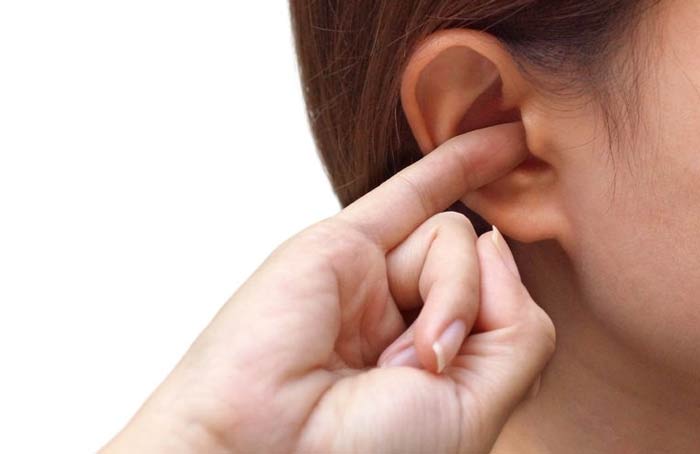Earwigs are creepy-looking insects often surrounded by myths. One of the most popular myths is that earwigs crawl into your ear and lay eggs in your brain. In reality, this is not true, but it’s important to know what to do if an earwig does get into your ear.
Read on to learn the facts about earwigs and how to safely remove them if they enter your ear.
Table of Contents
Do Earwigs go in your ear? Do they crawl?
There is a common misunderstanding that earwigs can crawl into your ears. The name “earwig” is believed by some to come from this myth. Although it is possible for an earwig to accidentally enter the ear, it is extremely rare.
Your ear is not a suitable environment for earwigs to live or lay eggs. These insects prefer moist, dark environments, but the human ear does not provide the right conditions for them to thrive. If an earwig does get into your ear, it is usually by accident and not because it is seeking a place to lay eggs.
How are they likely to get in your Ear?
Earwigs may enter your home in search of food or due to changes in the weather. Indoors, they prefer damp, cool environments during dry periods. Sometimes, they can attach to your hair, clothing, or skin at night and accidentally crawl into your ear canal. However, such incidents are extremely rare.
Will they lay eggs and make you deaf?
The belief that earwigs burrow into your brain and lay eggs is a superstition. Female earwigs lay their eggs in nests underground, not in human ears. They also guard their eggs to protect them from mold and predators. Earwigs cannot make you deaf by laying eggs in your ears, nor can they burrow into your brain.
Symptoms of earwigs in ear
If an earwig manages to get into your ear, symptoms can vary depending on the size of the insect and your body’s reaction. Common symptoms include:
- Red marks or bites on the skin near the ear
- Bleeding and redness in the affected area
- Itching in and around the ear
- Formation of sores (chancres) if not treated
- Bleeding from the ear
- Fever over 103°F for more than a week
- Heart palpitations, headaches similar to migraines, or speech impairment (rare)
- Itchiness in the ear, which may indicate infection or pus buildup
- Redness and inflammation inside the ear
If you experience any severe symptoms, seek medical attention promptly.
How to get them out in case they crawl in
Foreign objects in a child’s ear may go unnoticed because children often do not report them. If you suspect something is in the ear, it’s best to consult a specialist. If immediate help is not available, you can try the following steps:
- Stay calm. Keep yourself or your child calm before attempting removal.
- Use tweezers. If you can see the earwig, gently use tweezers to remove it.
- Use gravity. Tilt your head toward the affected side to try to dislodge the insect.
- Use oil. Turn the affected ear upward and pour in warm (not hot) mineral oil, olive oil, or baby oil to float the earwig. Do not use oil if the eardrum is perforated.
- Flush with water. Use a rubber bulb syringe to gently wash the ear with warm water. Do not attempt this if you suspect the eardrum is perforated.
- Apply antibacterial cream. Use an antibacterial cream or gel to prevent infection, and apply an ice pack to reduce redness and swelling.
Seek medical attention if you continue to have pain, discharge, or reduced hearing after trying these methods.
Further Reading
- How to get rid of earwigs in House & Garden- Killers, Traps & Repellents
- Earwig Bug-What they are, Pictures, Types, Origin + more Facts & Faqs
- Earwig Bites Symptoms, Dogs, Humans & How to Treat
[1] https://www.moyerpest.com/blog/post/the-full-truth-about-earwigs-crawling-in-ears
[2] https://www.orkin.com/other/earwigs/
[3] https://www.extension.iastate.edu/news/2009/jul/061001.htm
[4] https://www.buzzle.com/articles/earwig-bite.html
[5] https://www.mayoclinic.org/first-aid/first-aid/basics/art-20056709

